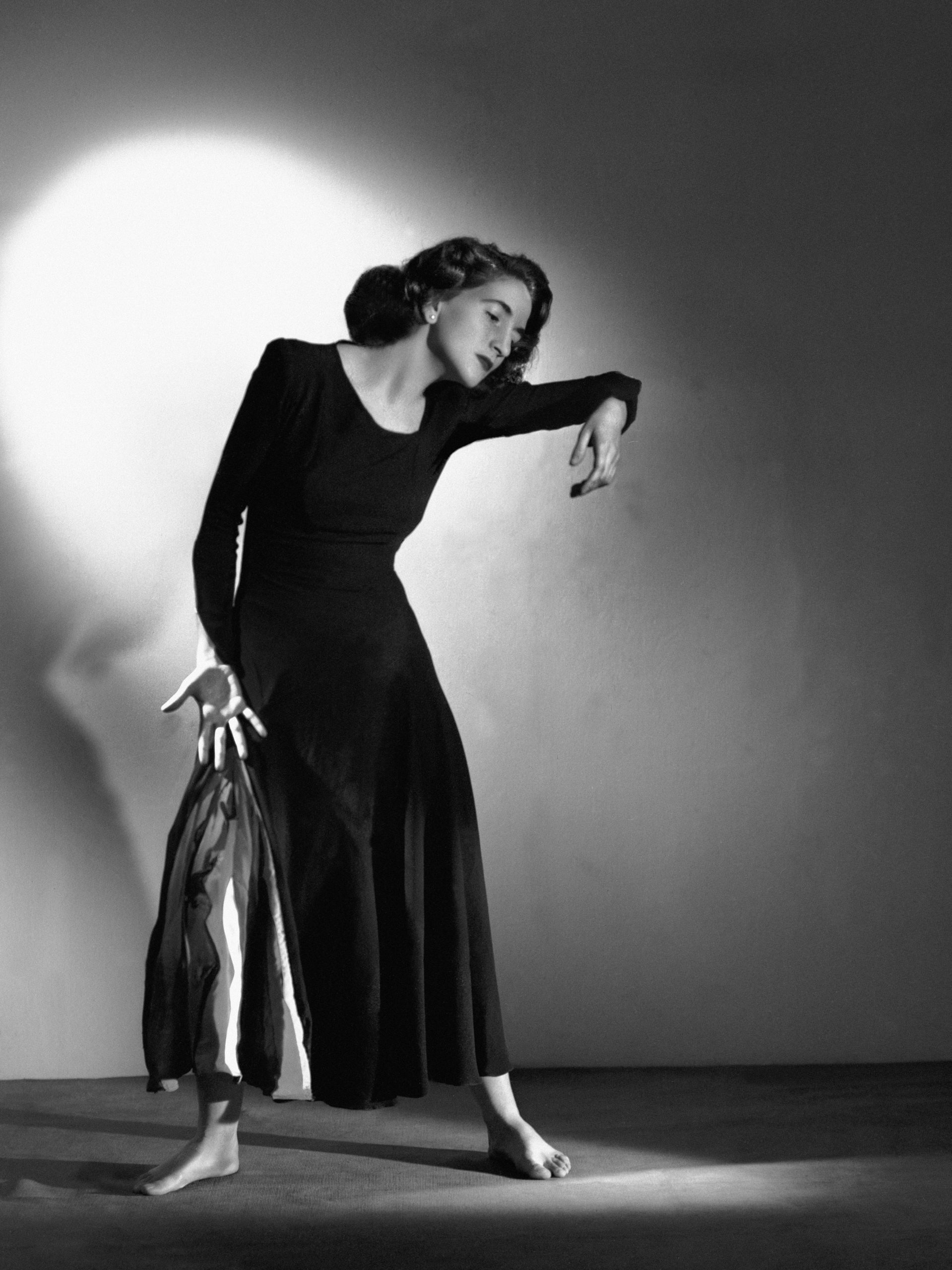Ana Itelman was perhaps the most experimental, most daring choreographer of all the creators of modern dance that emerged in the country. Born in Santiago de Chile in 1927, she emigrated to Argentina with her family when she was two years old. In the early forties she joined the legendary Myriam Winslow group, the first Argentine modern dance company. In 1945 she traveled to the United States and studied with Martha Graham, Hanya Holm and José Limón, among others. Two years later, at just twenty years old, she returned to Buenos Aires and began performing as a solo dancer in her own works, still influenced by the Graham technique.
In 1950 she created a modern dance school and began choreographing for her own group. In 1955 she premiered at the Teatro Cervantes Esta ciudad in Buenos Aires, the first attempt to integrate tango into choreographic language and poetry.
Between 1957 and 1969 she lived in New York as director of the Dance Department at Bard College. Parallel to her work as a choreographer and teacher, she deepened her knowledge of dance with Merce Cunningham, Hanya Holm and Alwyn Nikolais, studied lighting and makeup at the Erwin Piscator school, acting with Lee Strasberg, and painting at the Brooklyn Museum of Arts. She and she assimilated the artistic ebullition of the sixties.
She returned periodically to Buenos Aires, where she staged Casa de Puertas based on García Lorca’s La casa de Bernarda Alba, Agon, Jeux and La per for the Teatro Colón.
In 1968 she premiered Ciudad Nuestra Buenos Aires, her first work with the San Martín Theater Ballet recently created by Oscar Araiz, a reworking of Esta ciudad de Buenos Aires, which was immediately followed by Odi et Amo, Fedra, Dobletres. It was the beginning of a bond with this company that would continue until his last days: Itelman created for the San Martín Ballet numerous works that were milestones in its repertoire such as Las Casas de Colomba (inspired by A Streetcar Named Desire), And She Visited Him , Soldier’s History, Calico Suite, Parallel to the Horizon and El capote, among many others.
At the end of the seventies she returned permanently to Argentina and founded the Café Estudio de Teatro Danza de Ana Itelman, where she presented Alice in Wonderland. In this space (which she later donated to the San Martín Theater and where the Contemporary Dance Workshop currently operates), she dedicated herself to the development of dance-theater, articulation of dance and theatrical elements with the aim of achieving a scenic expression that surpasses both. idioms. In 1989, at age 62, Ana Itelman took her own life.
Her style marked a path and her early disappearance left a void in the creative field of dance. Her sharp vision and rigorous thinking provided valuable reflection on fundamental issues of stage creation. She knew how to rationally approach central aspects of choreographic composition, without ignoring great intuition and creativity.


 Itelman Ana
Itelman Ana